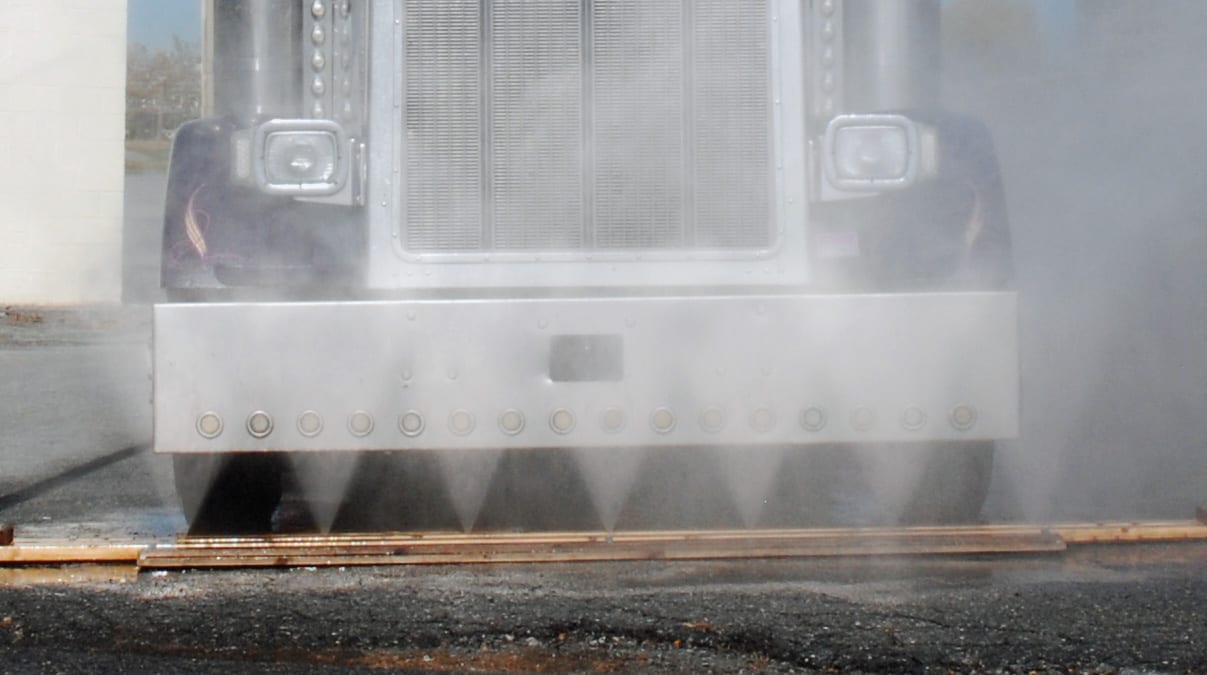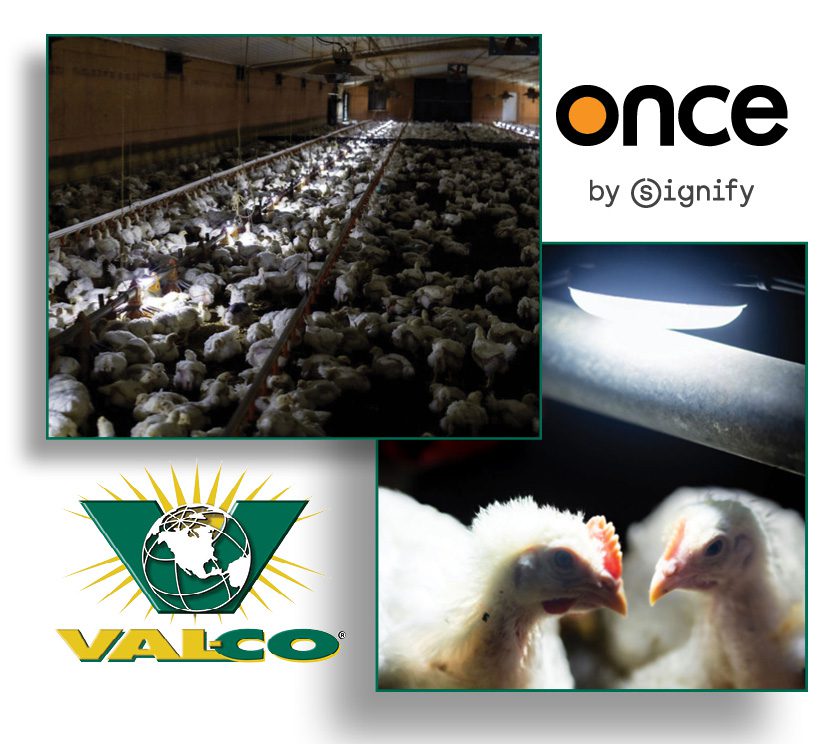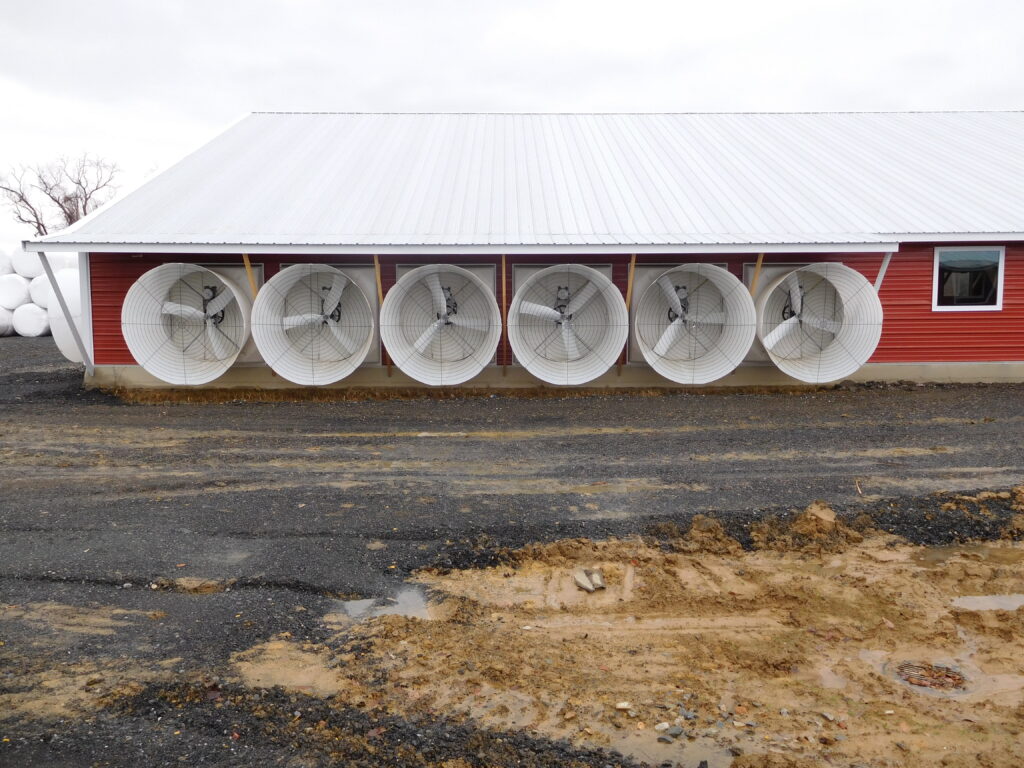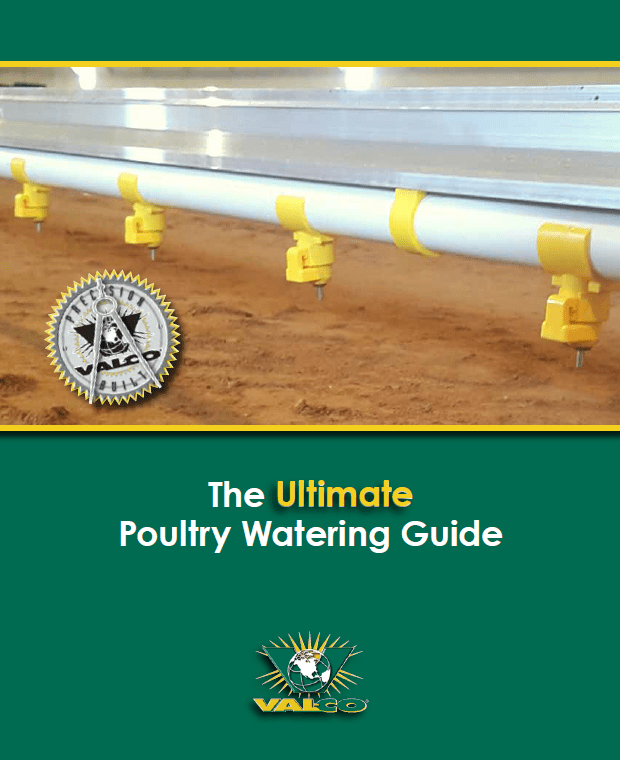Practices of Agricultural Biosecurity
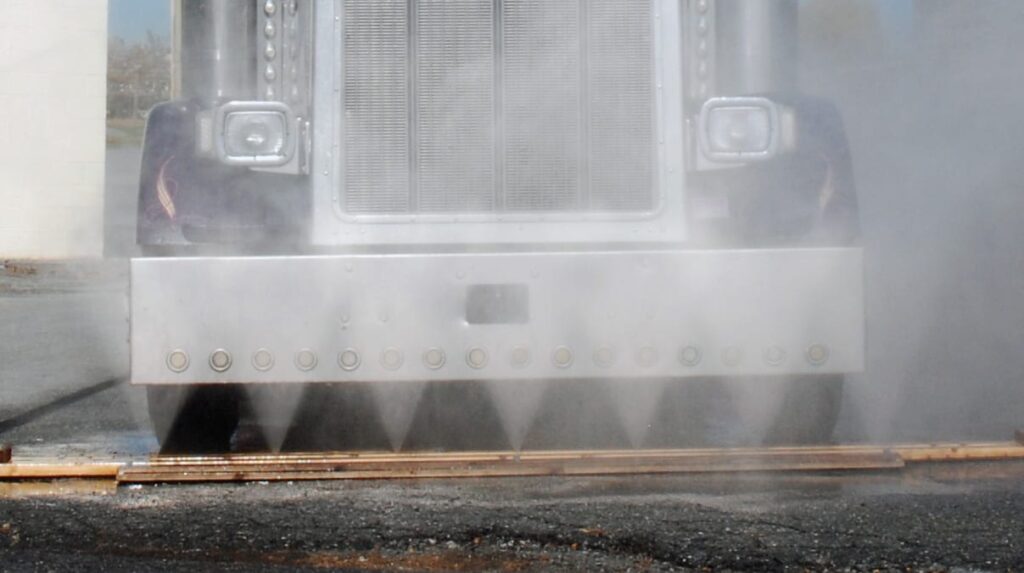 Biosecurity is the prevention of spreading pests and diseases among livestock. Not only is it the farm’s responsibility, but the responsibility of everyone who works in the industry, from the grower to employees, visitors, and service personnel. Infectious disease can be spread from farm to farm though pathogens carried on objects, clothing, equipment, or vehicles. One disease could wipe out an entire flock or herd in a matter of days. There are many different practices that should be performed and enforced in order to ensure the welfare of livestock.
Biosecurity is the prevention of spreading pests and diseases among livestock. Not only is it the farm’s responsibility, but the responsibility of everyone who works in the industry, from the grower to employees, visitors, and service personnel. Infectious disease can be spread from farm to farm though pathogens carried on objects, clothing, equipment, or vehicles. One disease could wipe out an entire flock or herd in a matter of days. There are many different practices that should be performed and enforced in order to ensure the welfare of livestock.
The farm should first and foremost start with a well-developed farm layout that uses drainage areas, fencing, and changing rooms to reduce any potential problem areas. Limiting the amount of traffic and people coming in and out is the farms first defense. At the farm entrance, provide signage to warn incoming individuals of the Biosecurity protocol they must follow upon arrival. Some farms have a vehicle disinfectant station before driving onto the facility’s property. Regardless, good practice would be to stop at a car wash before arriving and after exiting the farm. Adequate paths of movement for vehicles and equipment are crucial for those delivering feed and other resources. A logbook should be kept recording all visitor activity on the property.
Once on the property, other practices should be required before entrance to the barn, such as wearing disposable clothing like Tyvex coveralls, caps, masks, and boots. Any objects or tools going into or exiting the barn should be disinfected. Some facilities require a shower in/shower out policy or foot baths to prevent contamination. After exiting the facility, it is imperative to dispose of the clothing and footwear properly. Disrobe it inside out and leave it in a garbage receptacle on the farm or store it in a 5-gallon bucket with a lid until placed in the trash elsewhere.
Besides a well laid out farm, make it a habit to regularly is monitor the behavior of the flock or herd and look for signs of disease. A separate area for quarantine is beneficial for new or sick animals to be placed during signs of sickness. If any sickness is detected, further contact should be made to the local officials. Dead carcasses should be removed immediately and properly disposed of, whether through composting or incineration.
Routine maintenance and cleanliness are a must on the farm to prevent the spread of disease among the livestock, from the feeding and watering equipment to complete barn sanitation between flocks or herds. Enforcing these rules to employees and visitors will greatly reduce the chances of disease and yield a much healthier barn full of animals.
